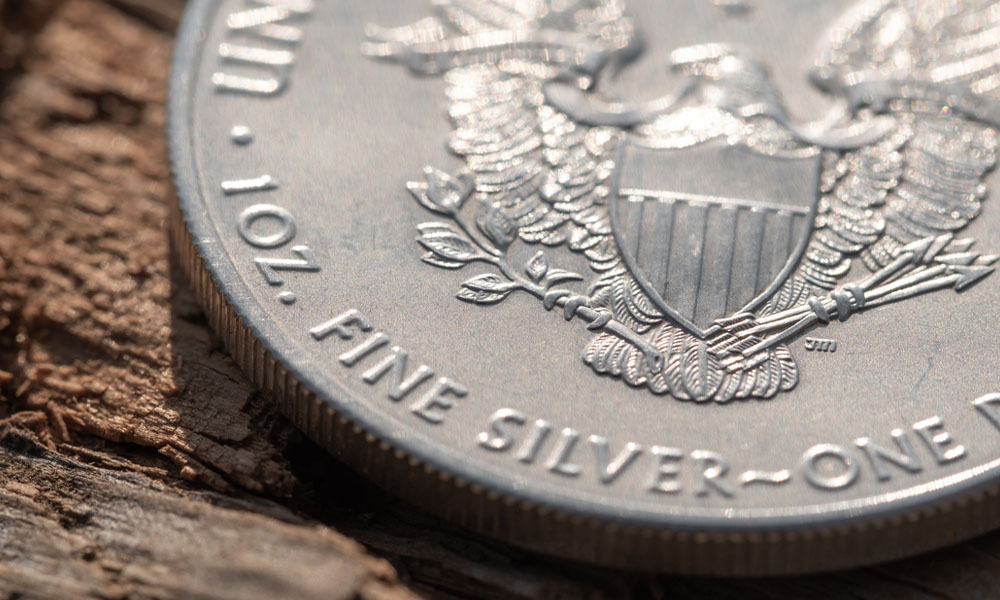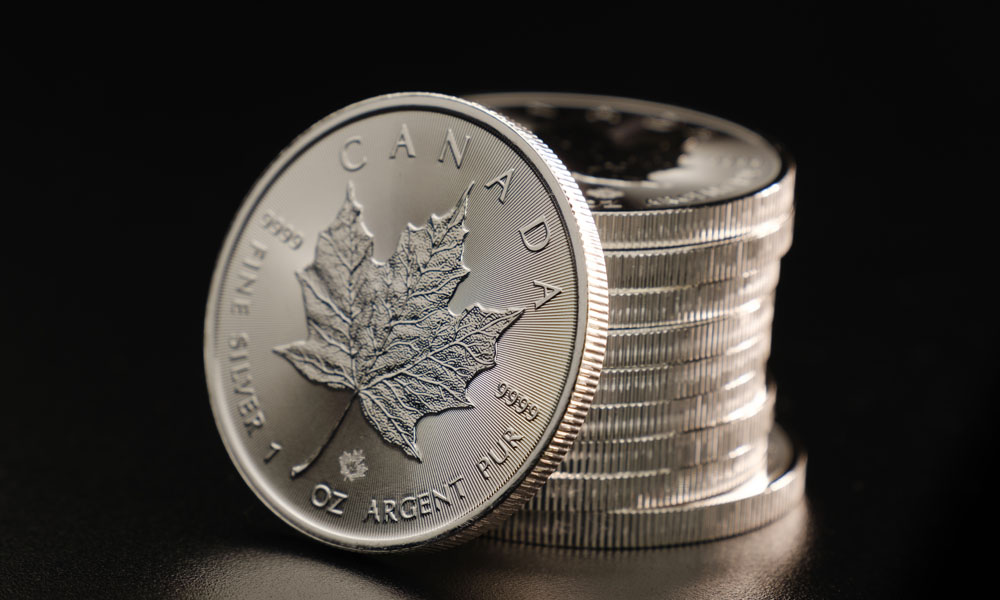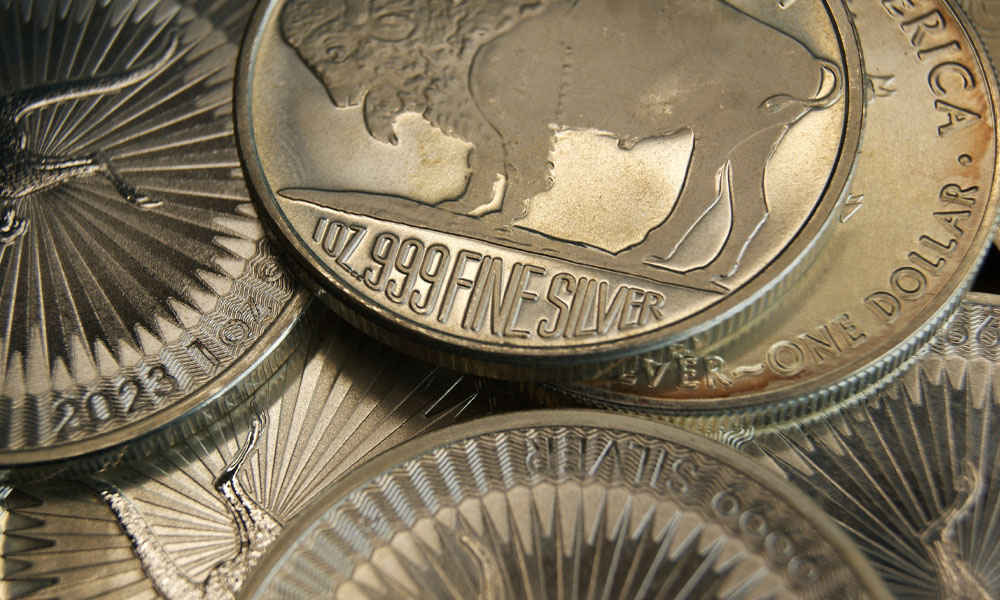Short answer: Yes. However, the realities of buying and selling are a bit more complex.
If you recently started stacking silver bullion, you've likely encountered coins and bars marked .999 ("three nines") or .9999 ("four nines") fineness. You may wonder if this difference matters in terms of investment value or resale. Today, we’ll simplify things and clearly explain the practical implications for both experienced silver stackers and anyone just starting out.
Understanding Silver Purity: .999 Fine vs .9999 Fine
Silver purity measures the percentage of silver in a finished bullion product. Coins or bars marked .999 fine silver contain 99.9% pure silver, while .9999 fine silver products are slightly purer, containing 99.99% silver. To put it another way, .999 fine silver means there is only one part impurity per 1,000 parts, while .9999 fine silver has just one part impurity per 10,000 parts. The extra nine technically makes the silver 10 times purer, but this difference doesn’t usually translate to stronger retail prices. More on that later.

Popular Coins: American Silver Eagle (.999) vs Canadian Maple Leaf (.9999)
Two of the most popular silver coins in North America perfectly illustrate these purity differences:
- American Silver Eagle (.999 fine silver)
- Canadian Silver Maple Leaf (.9999 fine silver)
The American Silver Eagle, minted by the US Mint, is by far the most popular silver bullion coin in the North American market. The American Silver Eagle has FINE SILVER stamped on the coin’s reverse side, but absent any .999 marking. The Silver Eagle’s widespread recognition means it's highly liquid and easily resold in even the slowest of markets.
The Canadian Silver Maple Leaf from the Royal Canadian Mint (RCM), is struck with incredible detail on .9999 fine silver planchets. Because the RCM’s reputation is second to none the Maple Leaf is a highly recognized and popular coin both in the States and abroad. Silver Maples usually sell at a slight discount to Brilliant Uncirculated Silver Eagles but both are excellent options for storing your tangible wealth.

Does Purity Affect Resale Value?
For most investors, the slight difference between .999 and .9999 purity silver won't substantially impact its resale value. When it comes time to sell, what matters more is brand recognition and market demand. In this regard, the American Silver Eagle typically carries a premium due to its unmatched recognition, despite having marginally lower purity compared to several international sovereign coins.
Coins like the Canadian Maple Leaf and Australian Silver Kangaroo also have strong markets, but their resale premiums often remain slightly below the Silver Eagle due to the prestige and perceived trust of the US Mint.

The Bottom Line for Silver Stackers
As you stack silver, remember that purity differences between .999 fine and .9999 fine exist but the impact is minimal. Your focus should instead be on acquiring well-known, easily tradable products. Coins like the American Silver Eagle, despite slightly lower purity, offer the best liquidity and resale premiums because of their recognition and market appeal.
Ultimately, the choice between .999 fine and .9999 fine silver shouldn't overshadow the importance of buying trusted brands from reputable dealers. Focus on market recognition first, and you'll be well-positioned for future liquidity events and resale value.
